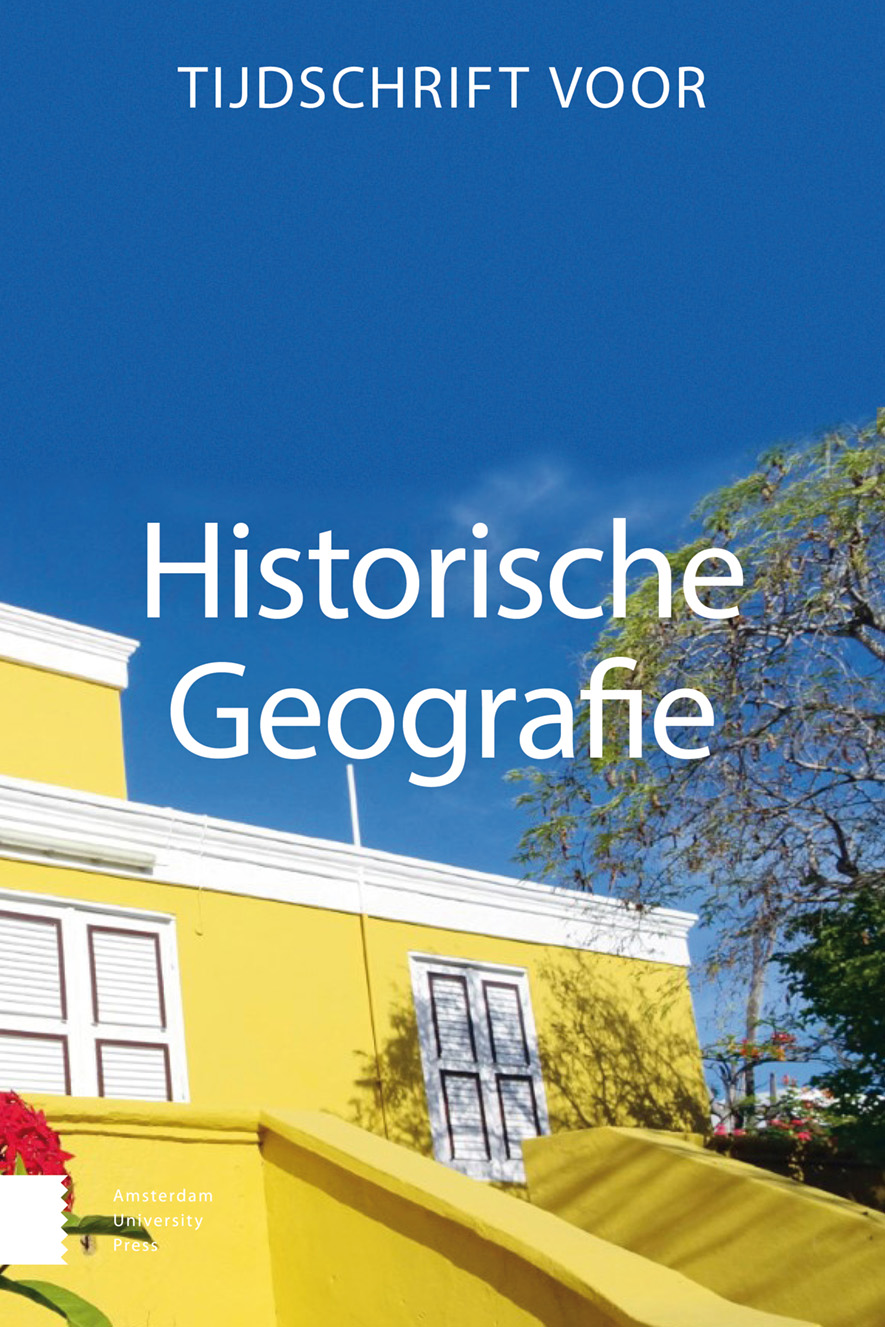-
oa Komen en gaan
Seizoensbewoning aan de kust als onderdeel van een cyclus
- Amsterdam University Press
- Source: Tijdschrift voor Historische Geografie, Volume 4, Issue 4, Jan 2019, p. 250 - 264
Abstract
Large artificial habitation platforms (‘terps’) are widely distributed along the southern North Sea coasts. In this article we focus on the less known, small medieval (11-14th century AD) platforms, or ‘peat terps’, situated somewhat further inland, on the edge of the extensive peat bogs which until medieval times covered much of the lowlands of the Netherlands. Here yearround mixed farming was followed by seasonal animal husbandry, and vice-versa. Data are confronted with existing models on the dynamics of human exploitation and colonisation of North Sea coastal wetlands. The evidence from ‘peat terps’ seems to reflect distinct and successive land-use types or strategies (from extensive to intensive) that are associated with different colonization phases. Changes in land use are related to environmental changes that are largely human-induced: in peat areas drainage lowered the land surface resulting in rising ground water tables. The observed succession of land-use types and the associated material culture bear a strong resemblance to developments elsewhere along the North Sea coast, partly dating to earlier periods. This confirms that before the building of dikes all along the coast (c. AD 1200) land use followed a cyclical path, as suggested by Brandt et al., 1984.


